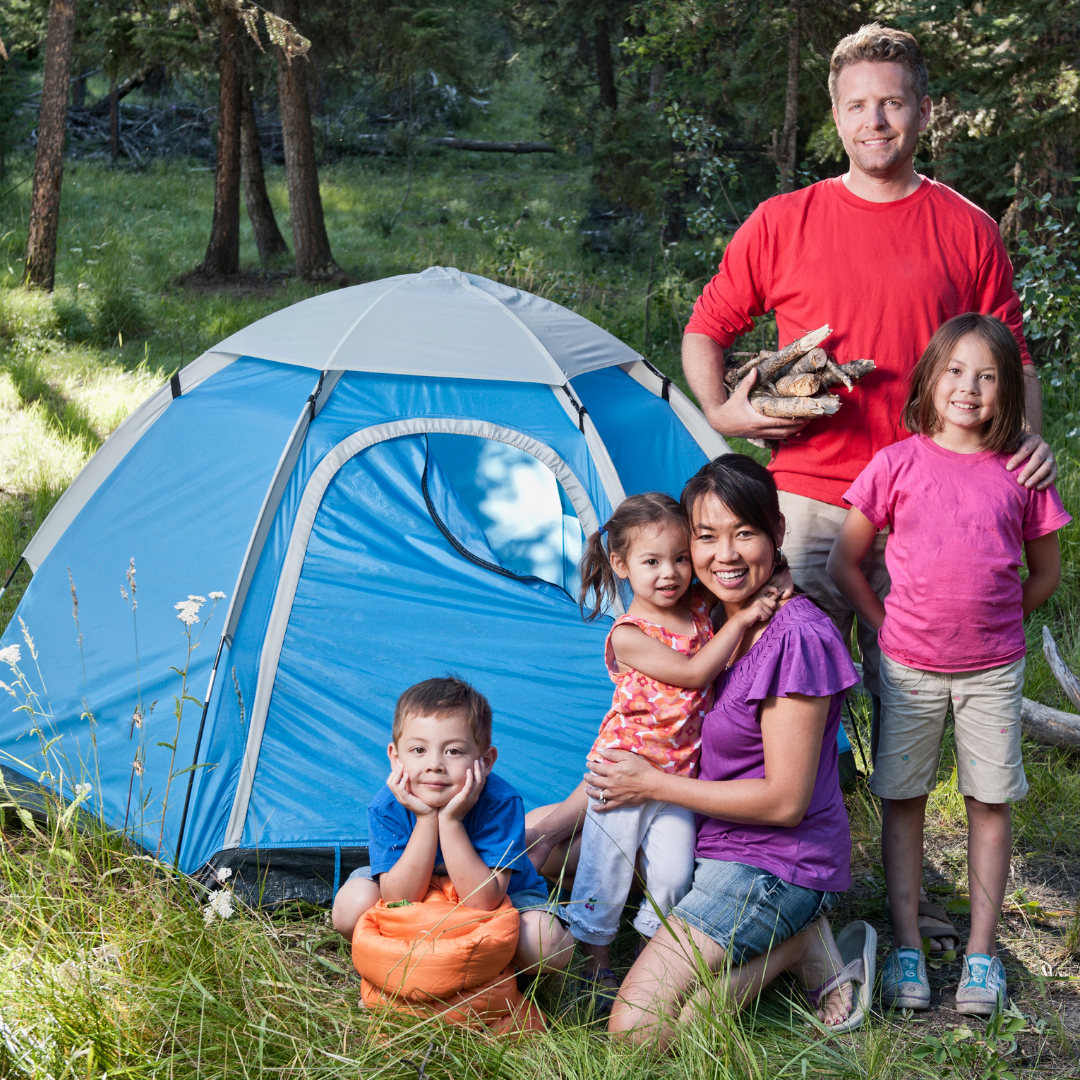
Know the risks of travel during the pandemic
3 minutes
If you’re longing to leave your home and take a trip somewhere, it’s important to remember that COVID-19 is still here. So there’s a lot to think about before you make any travel plans.
Staying home is safest
Staying home is the best way to protect yourself and other people from getting COVID-19. Any type of travel increases your risk for catching and spreading the disease, according to the Centers for Disease Control and Prevention (CDC). And even if you feel fine, you could still give the virus to your loved ones and others you encounter.
If you’re still considering traveling, do a little research before you make a decision:
Find out how active COVID-19 is at your destination. The more cases there are, the higher your chances for getting infected while there and spreading the virus back home after you return.
Look into who’s at risk for severe illness from COVID-19. Older people, smokers, pregnant women and people with certain underlying conditions are more likely to get seriously ill. If you, someone you live with or someone you’re thinking of visiting falls into one of those groups, traveling may not be worth the risk.
Think through the logistics. Some state governments may require that people traveling from other areas quarantine themselves for up to 14 days upon arrival. You can consult CDC’s list of state and territorial public health department websites for more information.
If you decide to go
Some types of travel are more risky than others. The more stops you make and more time you spend in public areas, the riskier it gets. If possible, travel in a way that poses the least risk to yourself and others. According to CDC:
- Lowest risk are short trips by car with members of your household with no stops along the way.
- More risk are longer trips by car or RV with one or more stops along the way.
- Higher risk are trips by car or RV with people not in your household, long-distance train or bus trips, or direct flights.
- Highest risk are flights with layovers and trips on a cruise ship or a river boat.
Protect yourself and others
No matter how you travel, take steps to protect yourself and others. Be sure to:
Pack protective gear. Before you leave on your trip, stock up on personal protective supplies. Bring with you:
- Extra masks.
- A sealable plastic bag to store wet or dirty masks.
- Hand sanitizer with at least 60% alcohol.
- Sanitizing wipes.
Always wear a mask in public. This includes on public transit and in transportation hubs like airports, bus stations and rest stops.
Stay at least 6 feet from others. Avoid shared rides where multiple passengers from different households are picked up.
Wash your hands often. Or use hand sanitizer after touching things like turnstiles, hand rails and gas station pumps. Wash your hands after arriving at your destination too.
Avoid touching your mouth, nose and eyes. Wash your hands before touching your face.
Bring your own road food. If that’s not feasible, opt for drive-thru, delivery or take-out options.
Improve ventilation. Open windows when you can. If you’re in a taxi or ride-share vehicle, ask the driver to set the air ventilation on non-recirculation mode. If you’re on a plane, point your overhead air nozzle at your head and turn it on full for your entire trip.
© Coffey Communications, Inc



